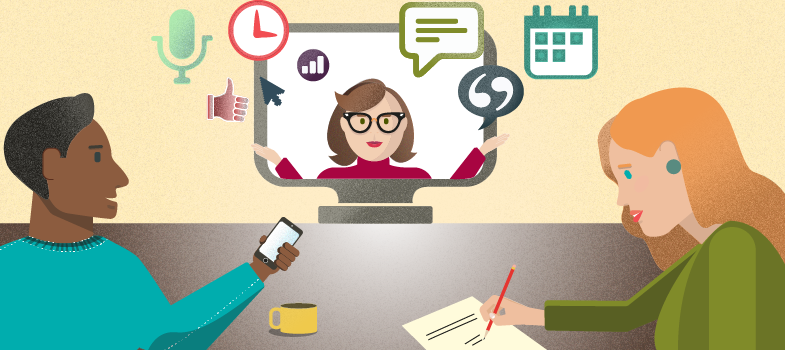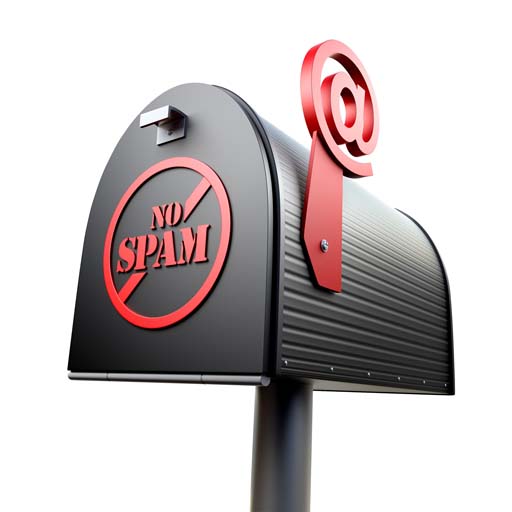Spam blocking and filtering
Most email providers come with spam filtering or blocking as standard. When choosing a webmail account, such as Gmail, Hotmail or Yahoo, make sure you select one that includes spam filtering and that it remains switched on.
Your email provider will send suspected spam to the ‘Junk Mail’ or ‘Spam’ folder. Most spam and junk filters can be set to allow email to be received from trusted sources, but sometimes legitimate emails could end up in the spam folder by mistake. You should check it regularly to make sure you’re not missing something.
Most internet security packages and
If you have lost money as a result of a phishing email or any other fraudulent activity, report it to Action Fraud, the UK’s fraud reporting centre.
Call 0300 123 2040 or visit https://www.actionfraud.police.uk/
If you are in Scotland, contact Police Scotland on 101.
Activity 3.2: How to spot a phishing email
Do a Google search for an example phishing email. Click on an image of an email that looks like it’s from a company you know. Have a look for some of the signs that the email is fake that we covered earlier in this section. How many signs can you spot?
Discussion
This sample email (Wikipedia.org) is designed to look like an official email from a bank. Here are the signs that it is fake:
It is addressed to ‘valued customer’ rather than a named person.
Some of the words are spelt incorrectly, such as ‘received’.
A real bank would never ask you to click on a link to verify your personal information.
The URL of the bank’s website looks a bit like the real one, but it actually links to the phishing scammer’s webpage. If in doubt, check the URL using Symantec’s ‘Site review request’, or contact your bank to see if it’s from them.
Remember: never click on a suspicious link or respond to a suspicious email.
Using email safely

